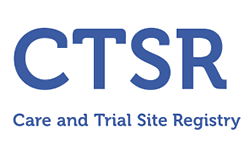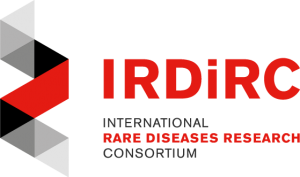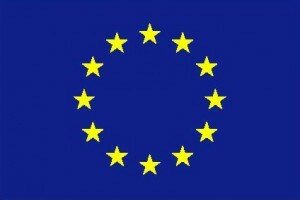Authors
Aartsma-Rus A., Spitali , P.
Journal
Journal of Neuromuscular Diseases, issue Festschrift to honour Lord Walton of Detchant and to celebrate the inauguration of the Newcastle University Muscular Dystrophy Research Centre bearing his name,
Publication date
July 2015
Abstract
Duchenne muscular dystrophy is the most common form of muscular dystrophy. Genetic and biochemical research over the years has characterized the cause, pathophysiology and development of the disease providing several potential therapeutic targets and/or biomarkers. High throughput – omic technologies have provided a comprehensive understanding of the changes occurring in dystrophic muscles. Murine and canine animal models have been a valuable source to profile muscles and body fluids, thus providing candidate biomarkers that can be evaluated in patients. This review will illustrate known circulating biomarkers that could track disease progression and response to therapy in patients affected by Duchenne muscular dystrophy. We present an overview of the transcriptomic, proteomic, metabolomics and lipidomic biomarkers described in literature. We show how studies in muscle tissue have led to the identification of serum and urine biomarkers and we highlight the importance of evaluating biomarkers as possible surrogate endpoints to facilitate regulatory processes for new medicinal products.
DOI link
10.3233/JND-150102



